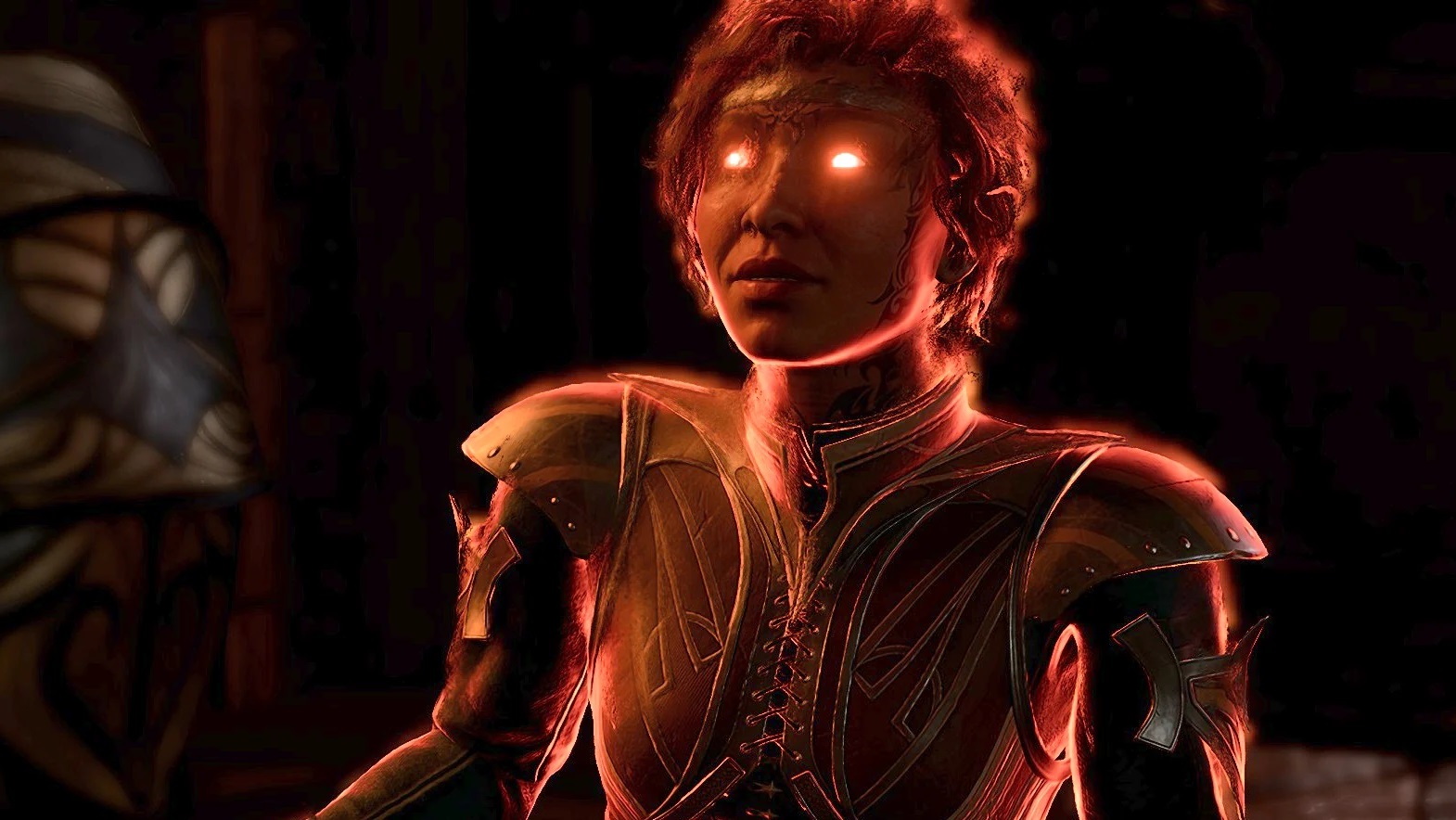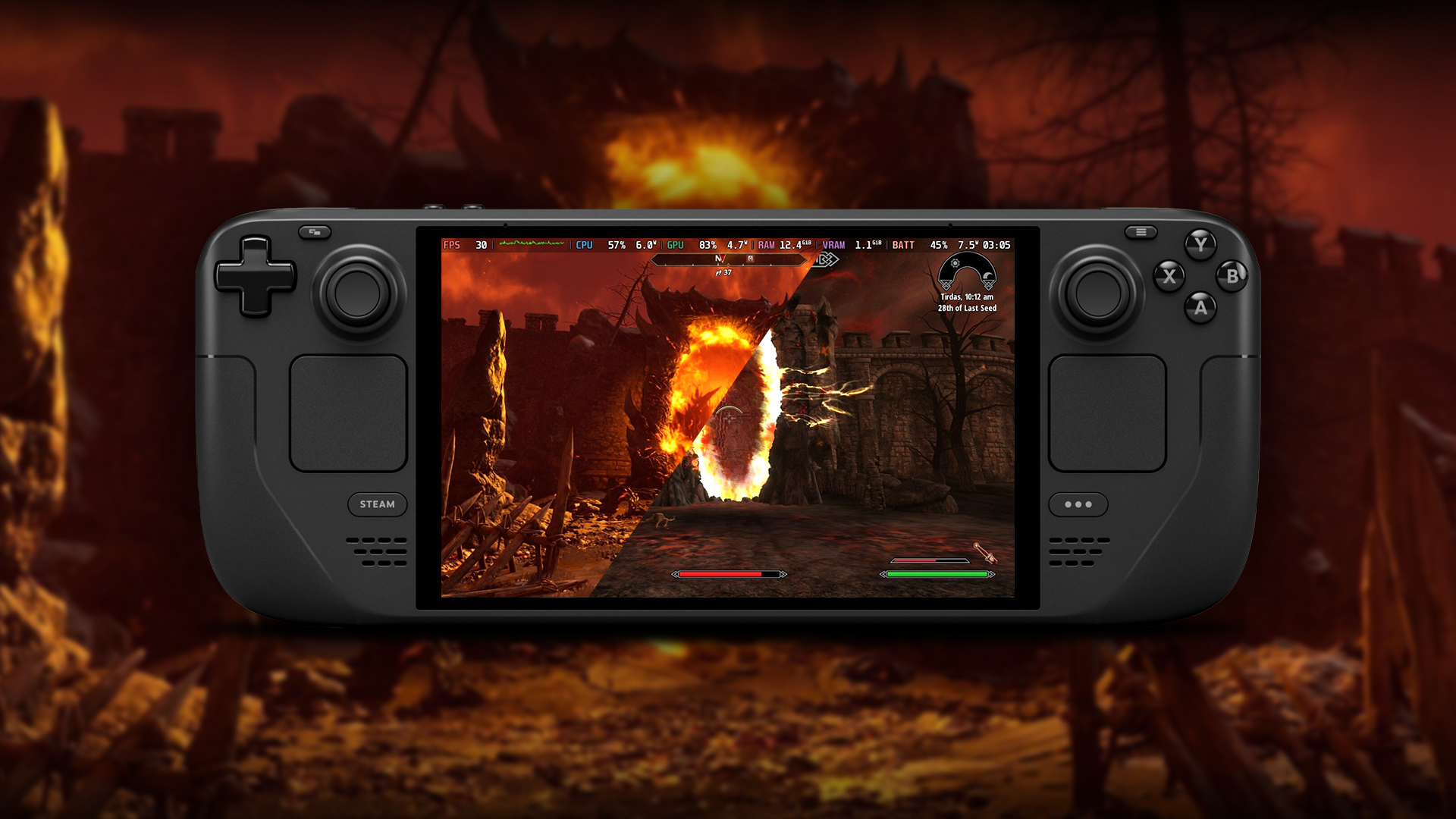
It's early days yet, but my mind boggles at the possibilities.
Just two days after Larian released Patch 7 for Baldur’s Gate 3, a massive update that included official mod tools and an in-game mod browser, modder Siegfre on the Nexus uploaded BG3 Toolkit Unlocked. This mod reactivates disabled features of the toolkit, including a full level editor. It’s early days yet, but this could open the possibility for custom areas or even standalone campaigns made using Baldur’s Gate 3’s engine.
In the lead up to the release of BG3’s modding tools, Larian was clear that they would give users extensive freedom, but some things were off the table. “We are a game development company, we’re not a tools company,” Larian CEO Swen Vincke told me at this year’s GDC, explaining that the company did not have the bandwidth to officially support all of its development tools being in the hands of end users, and pointing to the lack of adoption of Divinity: Original Sin 2’s level editor.
Baldur’s Gate 3 modding is also complicated by its eventual console support, with separate processes and approval from Sony and Microsoft likely being required. The official tools are limited to significantly tweaking other aspects of BG3’s campaign, including classes, items, balance, new NPCs and more—which has already proven popular enough in its own right.
According to BG3 Toolkit Unlocked’s readme, the mod “unlocks all the disabled features and enables write permissions for the BG3 Toolkit, including level editing, save editing, and more.” It seems clear, then, that the tools Larian released are only a slightly modified version of its in-house Divinity Engine 4.0 editor, just with advanced and unsupported features locked down by default.
The level editor is 100% the big deal here, giving modders the ability to add new areas to Baldur’s Gate 3’s existing campaign, or even create new, standalone modules and campaigns. The former doesn’t excite me as much as you might think: Larian has been pretty clear that most of the areas or plotlines excised from BG3 like the Red War College, Candlekeep, or the second Moonrise Tower were removed for quality and pacing reasons, not an issue of time or funding.
I’m reminded of the M4-78 restoration mod for Star Wars: Knights of the Old Republic 2. Kotor 2 is legendary for the amount of story-critical content it had left right on the cutting room floor, and its Restored Content Mod is an essential addition, one of the great feats of videogame modding. On the flip side, M4-78 reimplements an entire planet cut late in development, but I’ve always found it to be a drag on the game’s overall pacing. Not all cut content will necessarily make a game better, and similar efforts for BG3 risk adding dead weight to what is already a very long, dense RPG.
Fully new modules or campaigns though? That has some serious potential, new adventures made on the foundations of one of the best CRPGs to ever do it. The deciding factor, I think, will be how easy the tools are to use. BioWare’s 2002 Dungeons & Dragons RPG, Neverwinter Nights, has one of the coolest mod scenes ever, a smorgasbord of user-made campaigns ranging from experimental one-shots to Baldur’s Gate-sized epics that took years to make.
Crucially, the Neverwinter Nights Aurora Toolset is not just powerful and flexible—it’s extremely easy to use. You don’t have to be an expert to get in and start building a dungeon, opening the door to all kinds of creative people who otherwise lack the technical ability to make a game. The tools that came with its sequel, Neverwinter Nights 2, as well as those for Original Sin 2, demanded more from users and thus lacked that broad appeal. Prolific NwN modder rogueknight333 has pointed out that, once a modding toolset reaches a certain point of complexity and difficulty to learn, you’re probably better off turning to Unity, Godot, or Unreal to make your own indie game.
(Image credit: Larian, Siegfre)
Baldur’s Gate 3’s cinematic presentation and graphical fidelity will be big hurdles for modders as well: It will be hard to get away with not having full voice acting given BG3’s zoomed-in conversations, and the general high quality of its assets will make it challenging to build new models and textures that blend in.
At the same time, Baldur’s Gate 3 is bigger than the Beatles, who I hear were bigger than Jesus: That’s a lot of rabid fans who might be willing to brave whatever challenges lie in the level editor. The DIY nature of Siegfre’s mod seems like a win-win for Larian and its modding community as well: You crack open the more advanced features of the editor at your own risk, so Larian can wash its hands of supporting those features or making sure the creations are fit for the official mod browser, while mod authors can host whatever they wind up making on the Nexus or ModDB.






